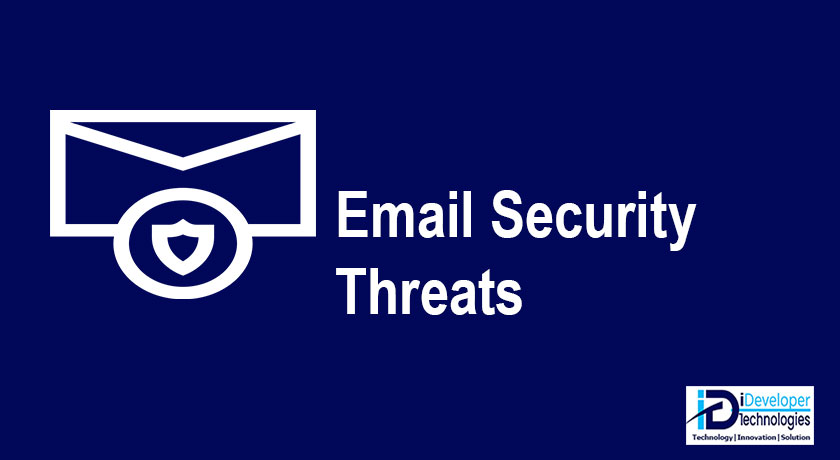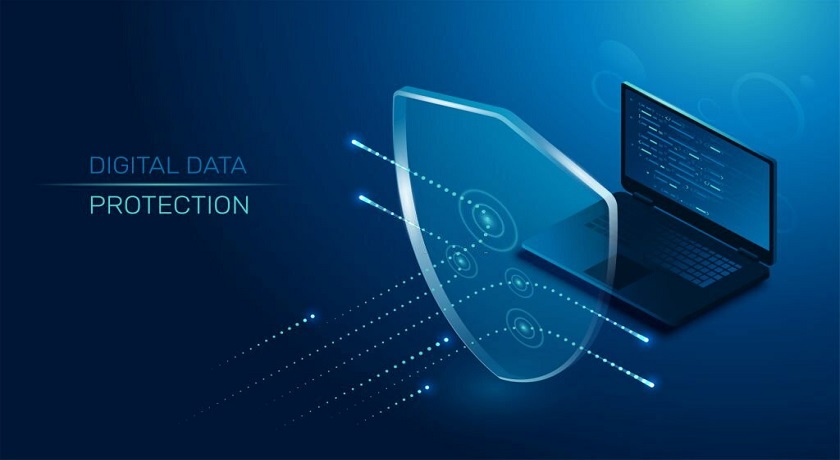We recommend conducting a cctv installation site survey before installing a surveillance system and documenting…

Types of Email Attacks: Top Email Security Threats Facing SMEs in Kenya
Email is a ubiquitous and indispensable communication tool, both in personal and professional contexts. However, its widespread use also makes it a prime target for cybercriminals. Email Attacks on small business in Kenya is major cause of concern. Email attacks can result in data breaches, financial losses, and damage to an individual or organization’s reputation. In this blog post, we’ll explore the different types of email attacks, major incidents, and lessons learned from these attacks.
Types of Email Attacks
- Phishing Attacks
Phishing is one of the most common and well-known email attacks. It involves sending deceptive emails that appear to be from a legitimate source but are designed to trick the recipient into revealing sensitive information like passwords or financial data.
How to deal with email phishing attacks:
- Educate users about recognizing phishing emails.
- Implement email filtering and authentication protocols like DMARC and SPF.
- Spear Phishing
Spear phishing is a targeted form of phishing that involves crafting emails specifically for a particular individual or organization. The attacker often uses personal information to make the email appear more convincing.
How to deal with email Spear phishing attacks:
- Strong email authentication, user training, and incident response are essential.
- Encourage a culture of cautious email interaction.
- Business Email Compromise (BEC)
BEC attacks involve impersonating an executive or high-ranking individual within an organization to manipulate employees into revealing sensitive information or initiating fraudulent financial transactions.
How to deal with Business Email Compromise attacks:
- Multi-factor authentication (MFA) for financial transactions.
- Establish clear verification processes for financial requests.
- Malware and Ransomware
Malicious attachments or links in emails can infect a user’s system with malware or ransomware, which can lead to data theft, system disruption, or extortion.
How to deal with Malware and Ransomware:
- Regularly update antivirus software and educate users about the risks.
- Ensure backups of critical data are in place to mitigate ransomware threats.
- Email Spoofing
Email spoofing involves manipulating the sender’s address to make it appear as if the email is from a trusted source. This is often used in conjunction with phishing attacks.
How to deal with Email Spoofing:
- Implement email authentication mechanisms, like DKIM and DMARC.
- Train users to check email headers for authenticity.
Preventing Email Attacks:
Email is a fundamental means of communication in the digital age, but it’s also a prime target for cyberattacks. Preventing email attacks is crucial for individuals and organizations. In this blog, we’ll explore a comprehensive guide on how to prevent email attacks.
- Educate and Train
User Education: The first line of defense against email attacks is user awareness. Regularly educate email users about common email attack techniques, such as phishing, spear-phishing, and malware. Teach them to recognize suspicious emails, not click on unknown links, and avoid downloading attachments from untrusted sources.
Phishing Simulation: Conduct phishing simulation exercises to test and reinforce employees’ ability to recognize and respond to phishing emails. These simulations create a safe environment to learn from mistakes.
- Implement Email Authentication
DKIM (DomainKeys Identified Mail): DKIM is an email authentication method that ensures emails are sent from legitimate sources. It uses digital signatures to verify the sender’s identity.
Read: Why Email Security is Important for SMEs in Kenya
SPF (Sender Policy Framework): SPF is a protocol that specifies which servers are authorized to send emails on behalf of a domain. It helps prevent email spoofing.
DMARC (Domain-based Message Authentication, Reporting, and Conformance): DMARC combines DKIM and SPF to provide comprehensive email authentication. It allows domain owners to set policies for handling unauthenticated emails.
- Use Advanced Threat Protection
Email Filtering: Invest in advanced email filtering solutions that can identify and block malicious emails before they reach the inbox. These systems use machine learning and AI to analyze email content for signs of phishing, malware, or malicious links.
URL Link Scanning: Employ URL link scanning to check links in emails for malicious content. It should automatically block or quarantine suspicious links.
- Multi-Factor Authentication (MFA)
MFA: Require MFA for accessing email accounts, especially for critical systems and sensitive information. This adds an extra layer of security by demanding two or more forms of verification, such as a password and a fingerprint or an authentication code.
- Regular Software Updates
Patch Management: Keep your email software and systems up-to-date. Cybercriminals often exploit known vulnerabilities, so timely patches are crucial to mitigate risks.
- Develop an Incident Response Plan
Incident Response: Prepare for the possibility of a successful email attack. Develop an incident response plan that outlines the steps to take if an email breach occurs. A well-prepared response can minimize damage and recovery time.
- Backup Critical Data
Data Backup: Regularly back up critical data and systems. In case of a ransomware attack or data loss, having secure backups can prevent data loss and negate the need to pay a ransom.
Read: Why small business need data backup and recovery solutions
- Email Encryption
Encryption: Implement email encryption to protect the confidentiality of email content. Encryption ensures that even if an email is intercepted, its contents remain secure. Email Security Solutions for SMEs in Kenya is one great place to start with your email communication encyption
- Email Security Best Practices
Strong Passwords: Encourage users to set strong, unique passwords and update them regularly. Password Security tools enforces strong password for users
Beware of Spoofed Emails: Train users to check email headers for authenticity, and if in doubt, verify email requests via alternative means.
Limit Access: Grant email access only to those who need it. Restrict privileges to reduce the attack surface.
- Third-Party Services
Cybersecurity Services: Consider engaging cybersecurity services that specialize in email security. These services can provide additional layers of protection and monitoring.
In conclusion,
Email attacks remain a persistent threat, but through a combination of user education, email authentication, advanced threat protection, and vigilant security practices, organizations and individuals can significantly reduce their vulnerability to email attacks. Email security should be a priority in today’s digital world, and these preventive measures can help you stay safe and protect your valuable data.



